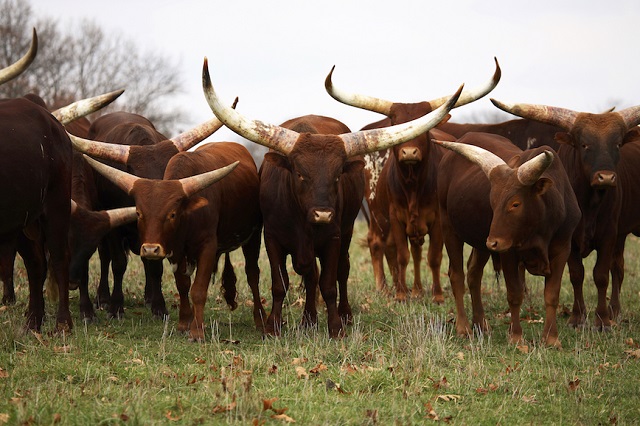
The Sunday News

Mhlupheki Dube
THIS week we discuss a subject that looks relatively easy and perhaps obvious to some, yet not so to a number of livestock farmers.
We look at disease management in your herd, specifically how the herd can be managed to prevent or minimise morbidity.
Principally there are two major categories in disease management which is the prevention methods or the biosecurity measures that are adopted to prevent an occurrence of diseases in your herd and then the control measures that can be adopted once disease has been observed in the herd.
Firstly, we need to understand how a disease comes into contact with your herd because such an understanding helps a farmer to institute the necessary preventative measures. These are the biosecurity measures. Diseases in animals can spread through any of the following: movement of animals, people and machinery between or within farms.
This is arguably the most common way of spreading animal diseases from one area or herd to another.
The equipment or machinery including vehicles can transmit pathogens from an infected area or herd to a clean area.
This is, however, very difficult to prevent in communal areas where most of our smallholder farmers are found.
It is a common resource area and herds constantly intermingle making it difficult to keep your herd clean. However, in privately owned farms, disease spread can be reduced by up to nearly 95 percent if the movement of animals, people and machinery is strictly controlled. Introduction of new animals into your herd is usually one sure way of importing infections into your herd if the animals have not been inspected. Ideally animals moving from one area to another should be inspected by veterinary officers for diseases and even quarantined for at least a month when they get to their destination.
The quarantine is meant to observe if there is an animal which is now showing signs of a disease after being moved to the new destination.
Transporting animals stresses the animals and if any animal had a latent disease condition it is likely to express when the animal has been stressed.
After 30 days of quarantine, animals showing clean signs, can be released into the larger herd.
Such procedures are usually ignored by farmers either in ignorance or simple contempt.
This is more so with regards to small stock including poultry. Some farmers have suffered huge poultry losses after they brought an infected chicken from a Christmas visit to some relative or friend. Contact with your neighbours’ livestock can import an infection into your herd. Your neighbour might be having a herd which is carrying a disease and this can be easily transmitted to yours.
Unfortunately in communal areas there is very little you can do around this. Contamination by vermin and wild birds can also transmit diseases across areas. Contamination relates especially to feeds which are given to animals. If these have been contaminated by vermin such as rodents they can cause diseases in your herd. Lastly animals drinking from contaminated rivers, streams and dams can transmit diseases from one herd to the other. This usually results in a disease epidemic which means a very quick spread of infection within an area. Farmers who are in foot and mouth disease prone areas can identify easily with this as they experience it each time there an outbreak.
The disease quickly spreads because of animals sharing drinking points, grazing areas and dip tanks.
While disease prevention measures involve avoiding what we have discussed at driving factors for disease spread, a few more actions may need to be taken to ensure a clean herd or at least manage the disease occurrence.
Farmers need to have an elaborate animal health programme and practices which include observing animals frequently for signs of disease, and if a disease problem is noted, obtain an early and reliable diagnosis.
This will help you to apply the best treatment, control, and eradication measures for that specific disease. Also farmers should always dispose of all dead animals by burning, deep burying or throwing in disposal pits. This is very important in prevention of disease spread because the dead animal usually has a high volume of pathogens which can be easily transmitted to other animals.
Diseases such as contagious abortion spread when other animals have contact with membranes from the aborted foetus and hence the need for burning or burying such foetuses. Also maintain good records relative to flock or herd health. These should include vaccination history, disease problems and medication.
The records can help you even in culling disease prone animals and also in rotation of drug use so that you do not keep using the same drug until it builds resistance.
Uyabonga umntakaMaKhumalo.
Feedback [email protected] or cell 0772851275.



